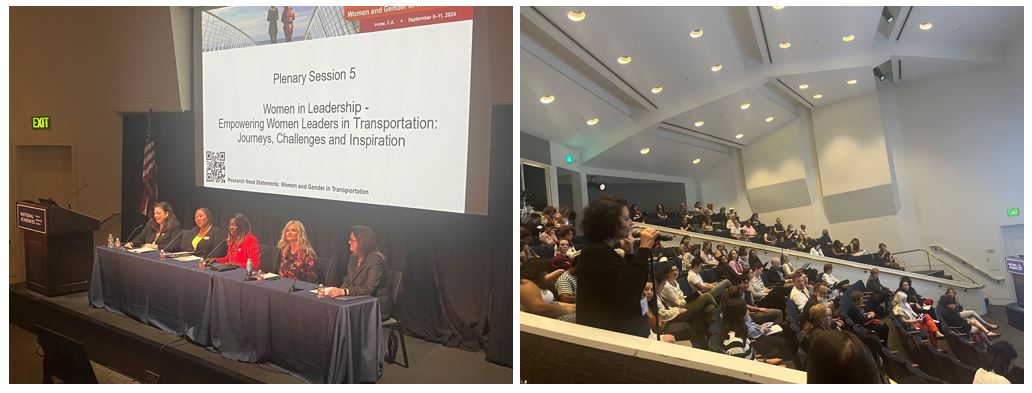On September 10, Steer Director Liliana Pereira presented an ‘Analytical Framework on Gender and Mobility of Care’ at the Transportation Research Board (TRB) International Conference on Women and Gender in Transportation in Irvine, California. Below is a preview of the work Steer developed under Liliana’s direction for CAF (Development Bank for Latin America and the Caribbean) and Mexico City.

Although ‘mobility of care’ (a concept that acknowledges how care work affects travel patterns) has been around for a decade, it is only recently that this phenomenon, which is mostly unpaid and carried out by women, has been studied through data.
The LA Metro undertook a study in 2019 as has the Transportation Research Board (TRB) with results yet to be published, however despite these efforts insufficient research and understanding of this subject has led to ineffective policies and projects.
Steer has created a framework and applied it using the 2017 household travel survey from Mexico City. The framework explores the connection between gender and care-related mobility. Based on evidence from multiple studies, we identified key aspects of women's travel, care mobility, accessibility, and trip chaining/interdependence. Each aspect is examined through three different lenses: travel, traditional accessibility, and spatiality. The framework combines mobility and gender in an intersectional approach.
Applying the framework to Mexico City, we found that care trips represent 24% of weekday trips. Approximately half of them involve collection or drop-off generally of a dependent, with women making up nearly three-quarters of the people taking these trips. Care trips are significantly more frequent among those on low incomes and those over 60. While the duration of women's care trips is shorter, the duration grows for individuals in lower income brackets.
Car use also proves a dividing line between journeys made by women and men. Women walk twice as much as men on care trips, and men use vehicles twice as much. In households with over two cars, men are more likely to use them for their trips compared to women and less than 20% of work-related trips are made by women in low-income households using the car. We were able to examine factors such as family structure, coordinated mobility patterns, and characteristics of intermediate trips that have been historically missing from or obscured by the data.
Compared to the 2007 survey, women’s use of public transit dropped from 64% to 52%. We discovered that 58% of non-traveling individuals are women, with 33% of them citing care activities as the primary reason, whereas men showed working from home as the main reason.
Our framework offers new insight into the connection between mobility, gender and mobility of care, a burgeoning field that is essential if we are to achieve equity goals around mobility and transport. Women are generally 50% of the customer base and the framework is also useful from a financial sustainability and affordability view.
Similar to its impact in Mexico City, where it informed the gender and mobility strategic plan evaluated by the World Bank, our framework has the potential to shape planning and policy across various sectors.
